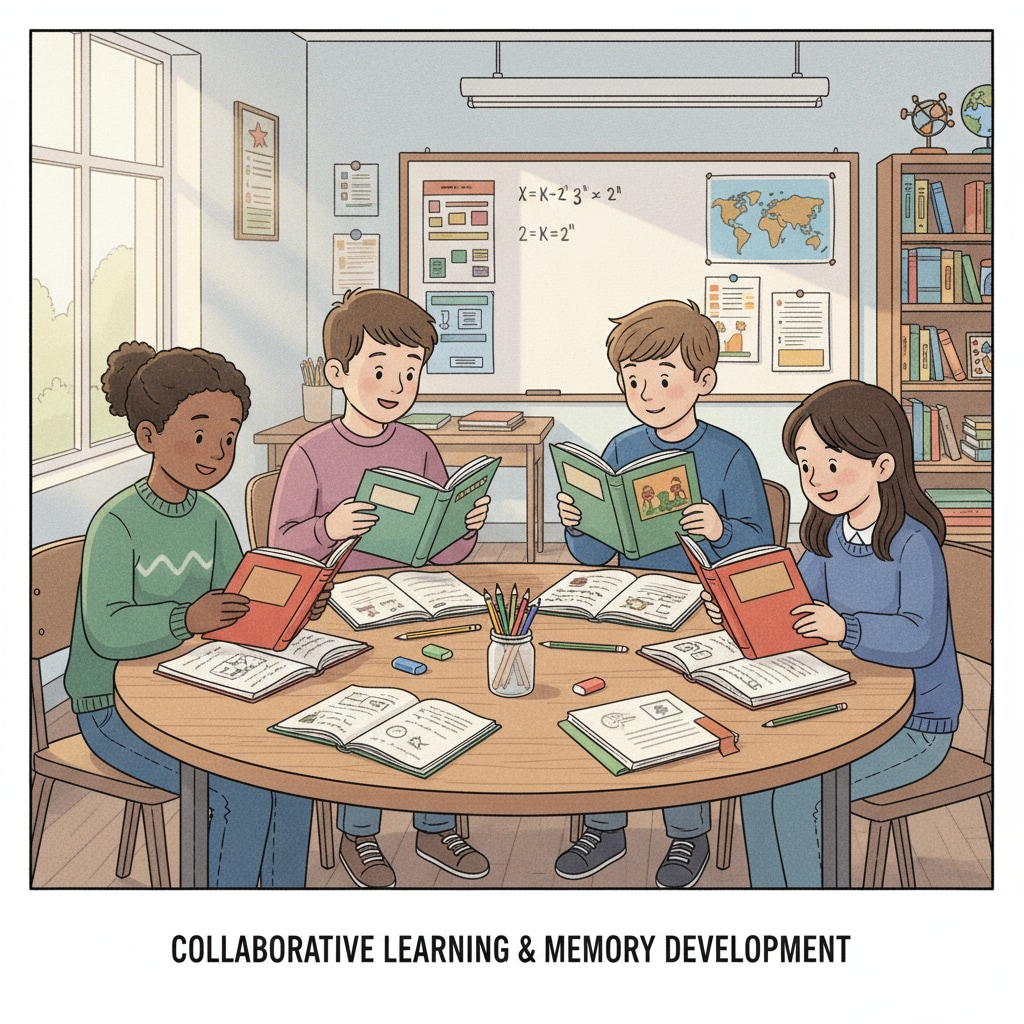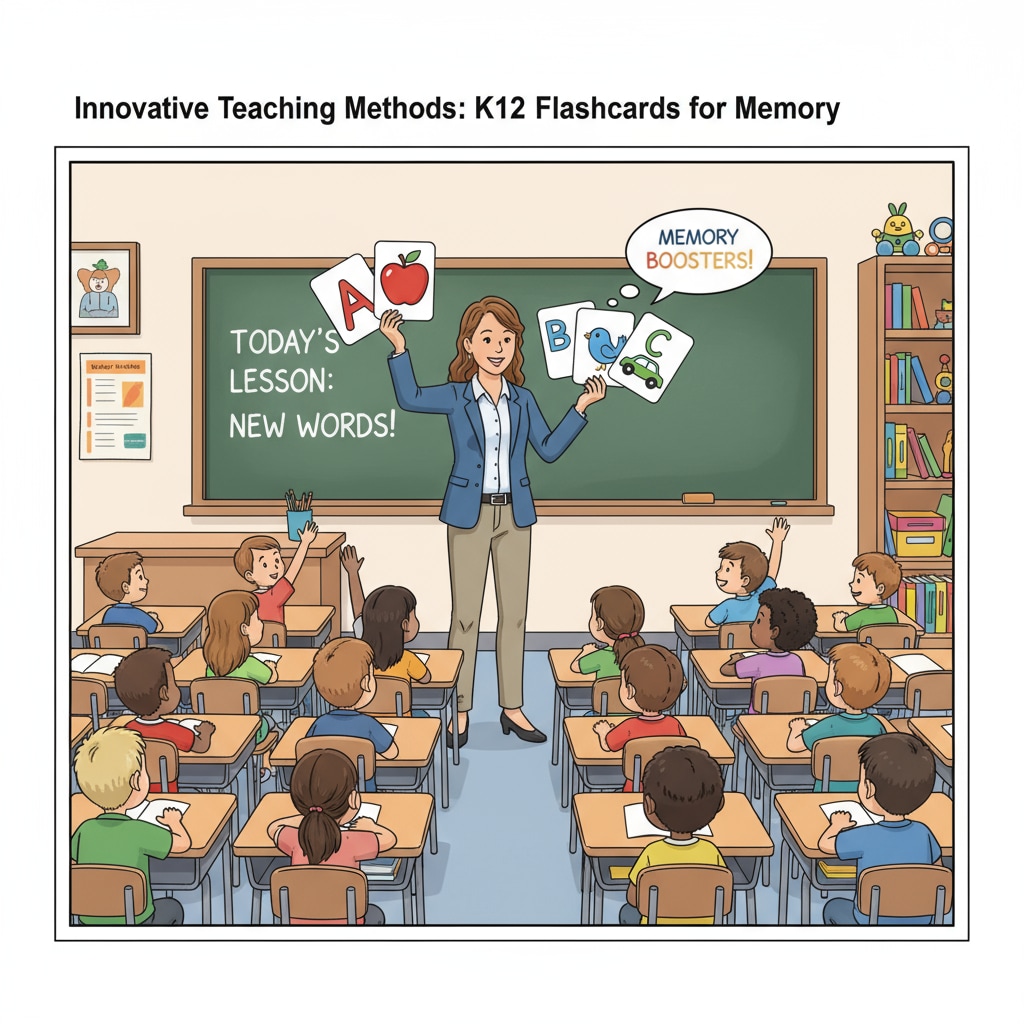Photographic memory, memory enhancement, and memory development have long intrigued educators, students, and parents alike. The idea of having a photographic memory, where one can seemingly recall every detail of an image or text with perfect accuracy, is often seen as a superhuman ability. But is it truly a gift from birth or a skill that can be developed? In this article, we’ll embark on a scientific journey to explore these questions, especially in the context of K12 education.

The Myth and Reality of Photographic Memory
Many people misunderstand the concept of photographic memory, often conflating it with eidetic memory. True photographic memory, also known as total recall, is extremely rare. According to Wikipedia’s entry on photographic memory, only a handful of individuals have been documented to possess this ability. Eidetic memory, on the other hand, is more commonly referred to in discussions. It allows a person to vividly recall an image for a short period after it has been removed from sight. However, even eidetic memory is not as widespread as popular culture might lead us to believe.
Memory Development in K12
During the K12 years, the brain is in a crucial stage of development, making it an ideal time to focus on memory enhancement. Memory development in this period is not just about rote memorization but also about building connections and understanding. As students progress through different grades, they encounter a wide range of information. Teachers and parents can play a vital role in guiding them to develop effective memory strategies. For example, using mnemonic devices can help students remember complex information more easily. Britannica’s page on memory psychology provides valuable insights into how memory works and how it can be nurtured.

Memory development in K12 also involves the development of different types of memory, such as short-term and long-term memory. Short-term memory acts as a temporary storage for information, while long-term memory is where knowledge is stored for an extended period. By understanding these different types of memory, educators can design teaching methods that target specific memory functions.
Readability guidance: As we’ve seen, understanding the difference between photographic and eidetic memory is key. In addition, focusing on memory development during K12 is crucial. Next, we’ll explore some practical strategies for memory enhancement.
Practical Strategies for Memory Enhancement
- Chunking: Breaking down large amounts of information into smaller, more manageable chunks can improve memory. For example, instead of trying to remember a long string of numbers, break them into groups.
- Association: Linking new information to existing knowledge or memories can make it easier to recall. For instance, if you’re trying to remember a new vocabulary word, associate it with a familiar object or situation.
- Repetition: Regularly reviewing information helps transfer it from short-term to long-term memory. This is why spaced repetition is an effective study technique.
These strategies, when incorporated into the K12 learning environment, can significantly enhance students’ memory capabilities. Parents can also encourage their children to use these techniques at home.
In conclusion, while true photographic memory may be a rarity, memory enhancement and development are achievable goals during the K12 years. By understanding the science behind memory and implementing effective strategies, students can improve their learning and retention abilities. This journey of memory development is not just about academic success but also about equipping students with lifelong skills.


